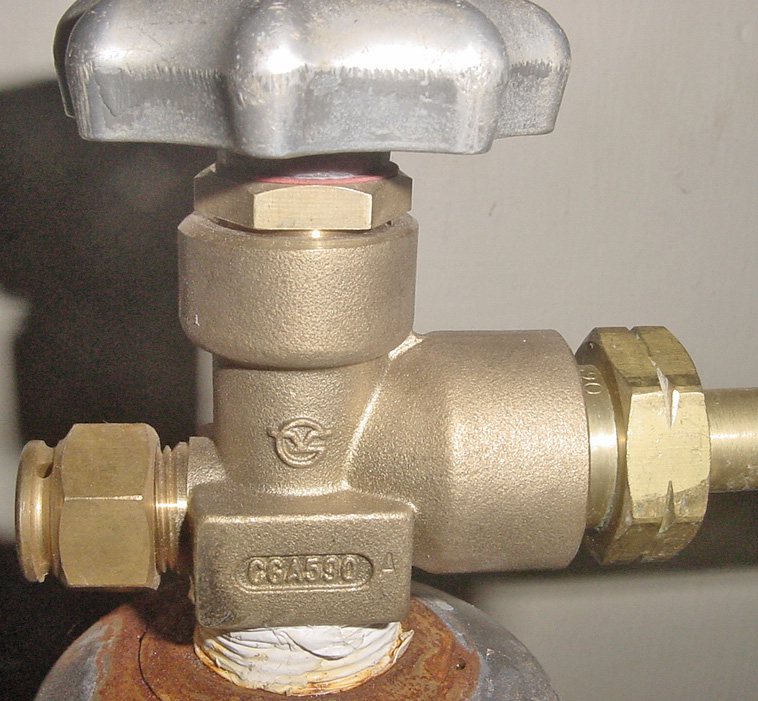|
Gas Use
Handling and Control Information
It is important to observe all handling precautions, and to use the correct pressure and
flow control equipment. The choice of suitable equipment is dependent on the gas
supply pressure, the chemical and physical properties of the gas, the gas purity, and
other users' requirements.
- Installations handling flammable gases should be grounded to minimize the risk of sparks
due to static discharge. Flash arrestors should be used where appropriate.
- Installations handling hygroscopic corrosive gases such as anhydrous hydrogen chloride
must be provided with a means of purging. An adequate device or control to prevent
the backfeed of liquids, gases or other contaminants into the container must also be
incorporated.
- Before using the gas, read all label information and the data sheets associated with the
use of that particular gas.
- Before attaching cylinders to a connection, be sure that the threads on the cylinder and
the connection mate, and are of a type intended for gas service.
- The threads and mating surfaces of the regulator and hose connections should be cleaned
before the regulator is attached. Wipe the outlet with a clean, dry, lint-free
cloth. Particulate can clog the regulator filter (if so equipped) or cause the
regulator to malfunction.

- Always use the proper regulator for the gas in the cylinder. Check that the CGA
numbers match, and always ensure that the regulator appears sound before attaching it to a
cylinder. If the connections do not fit together readily, the wrong regulator or a
defective regulator is probably being used.
- Attach the regulator securely with the secondary valve closed and preferably with the
regulator flow backed off (counterclockwise) before opening the cylinder valve wide.
- Do not permit oil or grease to come in contact with cylinders or their valves, or with
regulators or flow controls. Oil or grease should especially be avoided with
containers of oxidizing gases.
- Cylinders containing oxygen or oxidizing gases, e.g., chlorine, (empty or full) should
be separated from cylinders containing flammable gases by a minimum distance of 20 feet or
by a barrier at least 5 feet high having a fire-resistance rating of at least one-half
hour, e.g., a concrete block wall.
- Do not store oxidizing gases near flammable
solvents, combustible materials or near unprotected electrical connections, gas flames or
other sources of ignition.
- Always use a cylinder wrench or other tightly fitting wrench to tighten the regulator
nut and tube connections. Use "backup" wrenches to minimize stress on tubing and
fittings where appropriate.
- Teflon tape should never be used on cylinder connections or tube-fitting
connections where the gas-tight seal is to be made by a metal to metal
fitting . Use Teflon tape only on pipe threads where the seal is made at the
threads. All other connections have metal to metal face seals or gasket seals.
- Open cylinder valves SLOWLY. Point the valve opening away from yourself and other
persons. Never use a wrench or hammer to open or close a hand wheel type cylinder valve.
If the valve is frozen and cannot be operated by hand, return the cylinder to the vendor.
- Before a regulator is removed from a cylinder, close the cylinder valve and release all
pressure from the regulator.
- Never completely empty a "rented" gas cylinder, rather discontinue use of the
cylinder when it has at least 25 PSIremaining. Mark the cylinder so that others
know that it is nearly empty, e.g., write " MT" on the back of the tag or a
piece of tape and stick it on the cylinder. Close the valve and secure the cylinder
valve protective cap and outlet cap or plug, if used.
|





